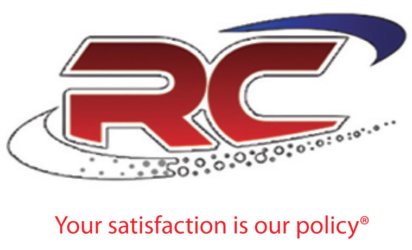Most states require bodily-injury liability insurance to cover medical treatment, rehabilitation and funeral costs incurred by your own passengers, other drivers, their passengers and even injured pedestrians. Other costs covered include lawyers’ fees and non-monetary losses related to pain and suffering.
State minimum-coverage limits are too low to protect the assets of most motorists. Unless your income and assets are minimal, buy at least $100,000 per person, $300,000 per accident.
Property damage:
Property-damage liability covers repair or replacement of other people’s cars and property. State minimum limits average about $15,000. With the average cost of a new car at $30,000, however, buy at least $35,000 in coverage.
Uninsured-motorist:
When a hit-and-run driver, or someone who’s inadequately insured, strikes your car, uninsured-motorist and underinsured-motorist coverage pays for the medical, rehabilitation, funeral, and pain-and-suffering costs of the victims in your car. This crucial coverage also insures your household members as pedestrians. Buy this coverage at the same limits as your bodily-injury liability coverage.
Collision:
Pays to repair or replace your car after an accident. If you have bought a new car with a loan, you’ll be required to buy this coverage.
Comprehensive:
Pays if your car or its contents are stolen, or if your car is damaged by fire, water or other perils. Lenders will also require this coverage.
For both, you’ll have to choose a deductible: a dollar amount you fork over to the repair shop before the insurer antes up. The higher the deductible you carry, the more you’ll save. Try to carry a deductible of at least $500 on each coverage.
For cars worth less than $5,000, comprehensive and collision probably aren’t worthwhile. Over time, the premiums you’ll fork over will probably exceed the payout, even if your car is totaled. Plus, in an accident that isn’t your fault, you can figure that the other driver’s insurance will cover your car. (To estimate your car’s market value, consult the Kelley Blue Book.)
You can probably do without these:
Medical payments
This coverage pays the deductibles and co-payments not covered by your health insurer, or the insurer of any of your passengers. It also covers some funeral and rehabilitation costs. It’s not useful unless you face very high health-insurance deductibles. If your state requires it, buy the minimum.
Towing and labor
This only pays if you can’t drive your car away from an accident. Members of auto clubs with such privileges don’t need this coverage.
Rental insurance
It costs only a few dollars per year, certainly a worthwhile expense if you travel and rent cars frequently. But spare the expense if you don’t rent cars often and can depend on another car in a pinch.
Glass breakage
Glass breakage coverage can add up to 20 percent to your comprehensive premium. When it’s not built into the premium, avoid it.
Here are some other money-saving tactics:
Combine coverage.
As with any product, it’s cheaper for insurance companies to sell more to one customer, so insurers often cut premiums up to 15 percent if you link auto and homeowners’ policies.
Sweat the small stuff.
Frequent claims are red flags for insurers; some won’t renew policyholders with more than two claims in three years. So try to carry more of the risk yourself by paying for repairs costing under $1,000 out of your own pocket. Or, if the damage is purely cosmetic, you could just ignore it.
Raise your deductible.
The average driver files a collision claim once every three years, and a comprehensive claim once every 10 years. Increasing a collision deductible on your auto policy from $200 to $500 can save up to 30 percent annually. Given the likelihood of filing a claim, you might come out ahead with the higher deductible.
Insurers have access to all sorts of personal information, including your motor vehicle record, credit record, and your history of claims with other insurers. It makes no sense to lie about your background. Mistakes can happen, however, and a glitch on your report could make you look like a worse risk than you are. If you haven’t done so in a few years, consider obtaining your credit report from all three credit reporting services.


